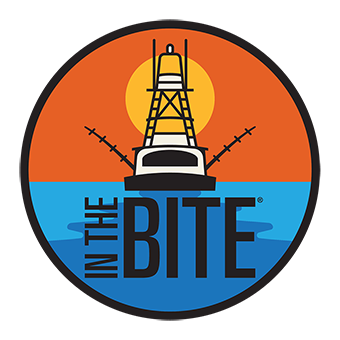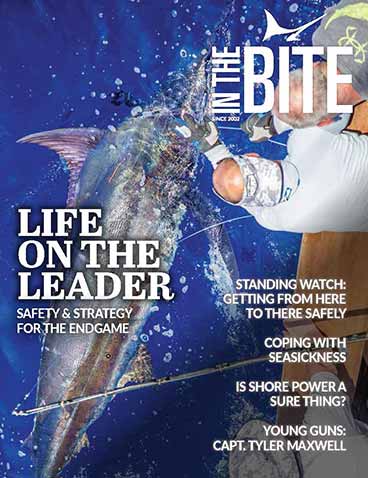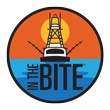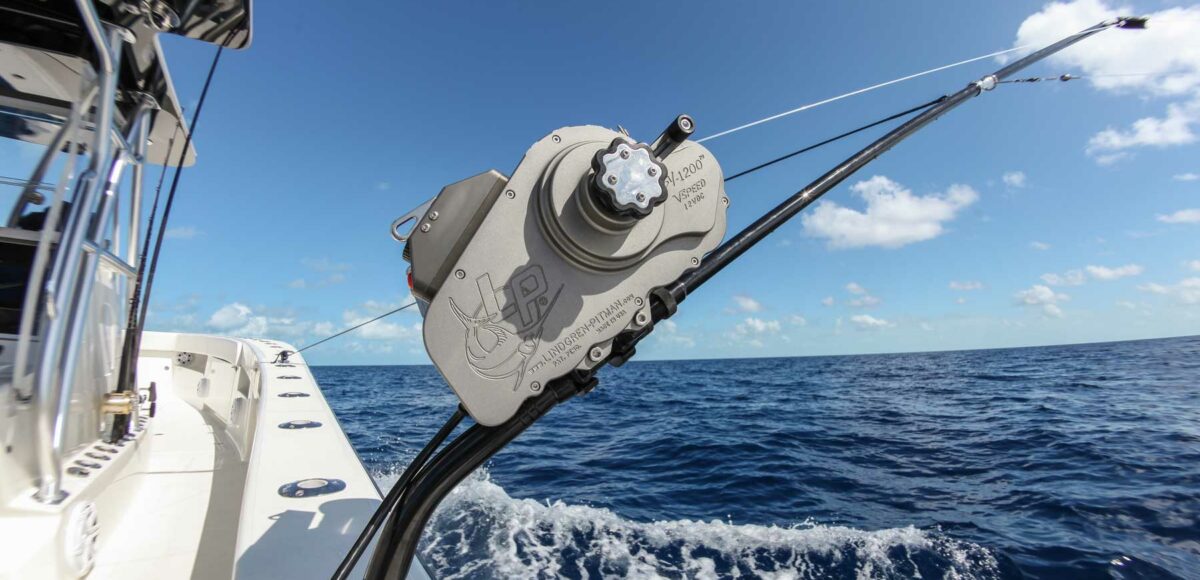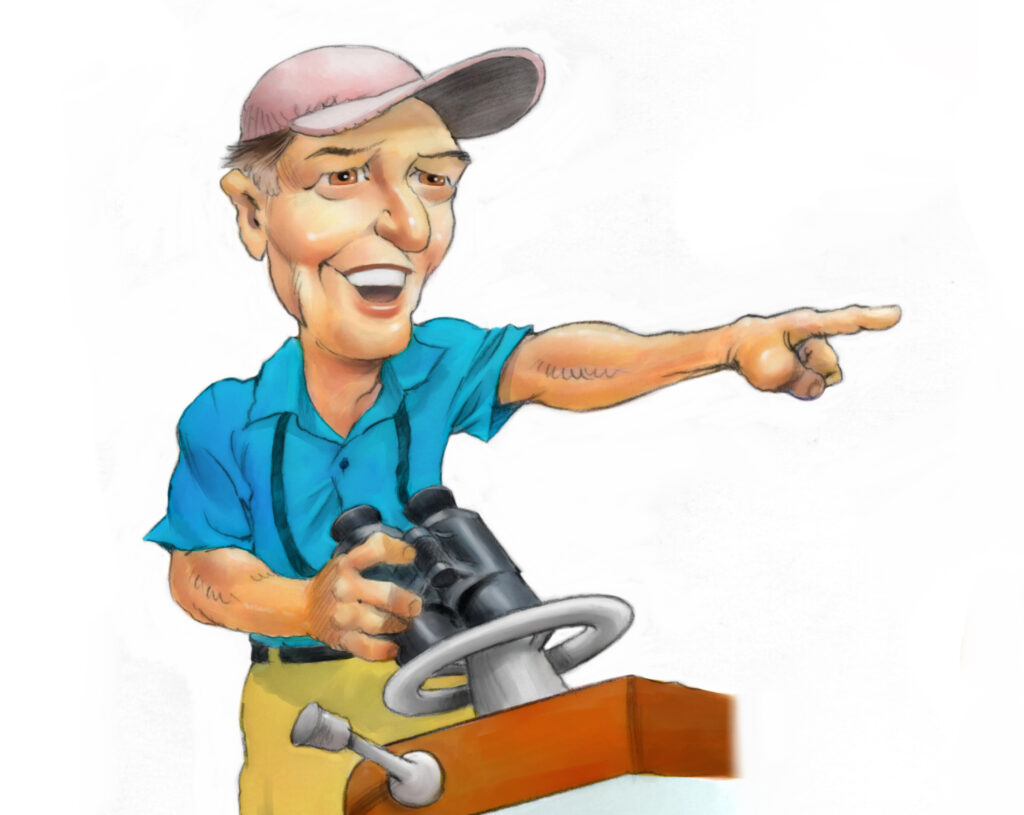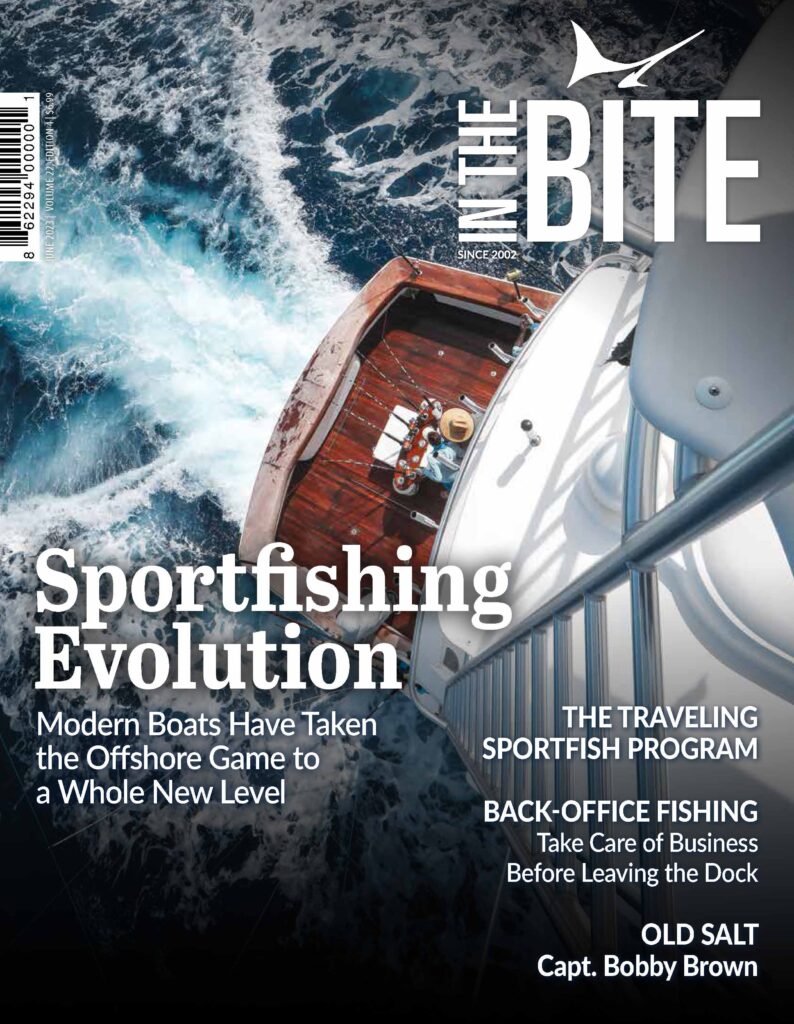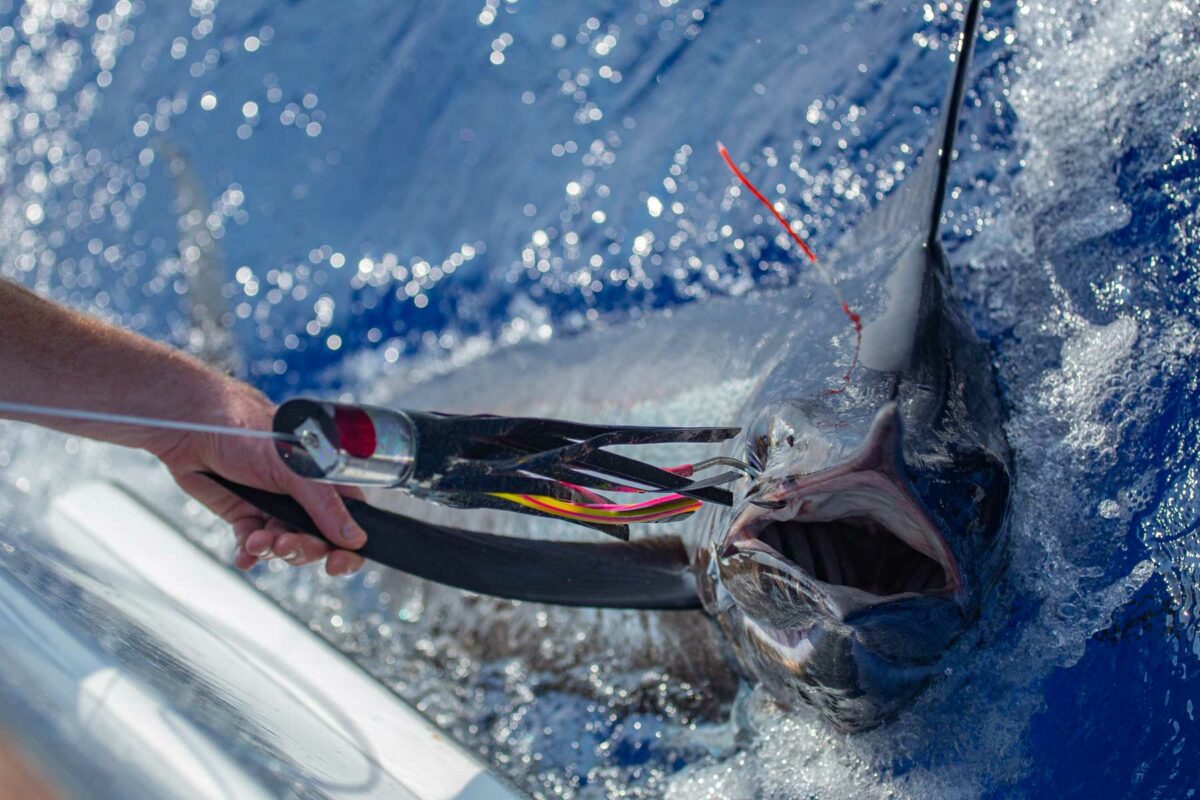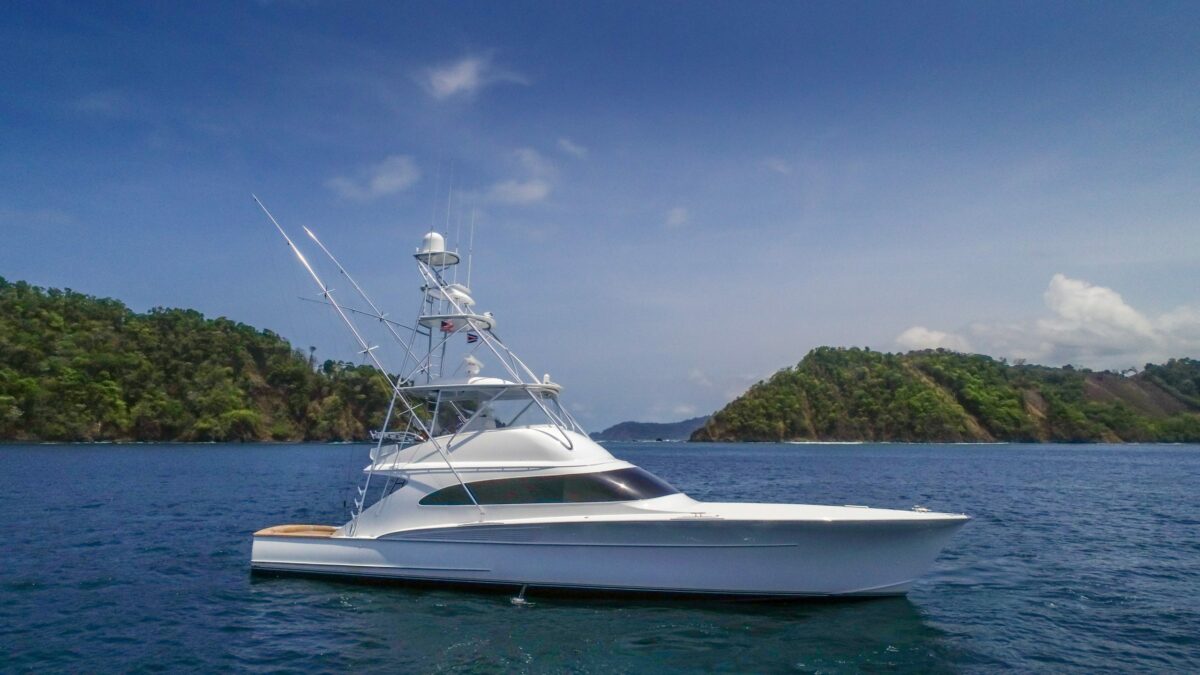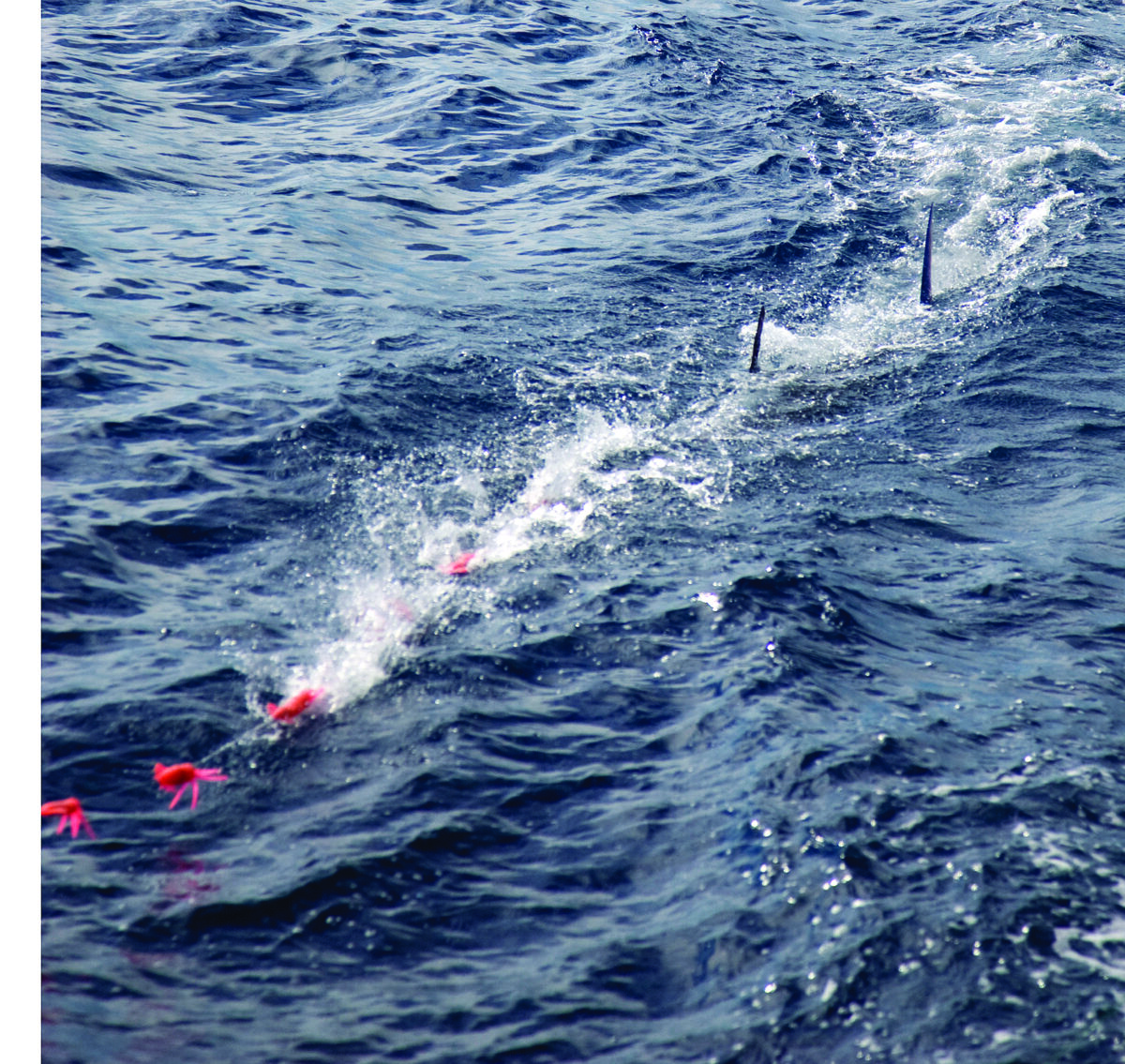Table of Contents
Introduction to Rod Holder Efficiency
Regardless of the target species or conditions influencing the choice of angling tactics for the day, easy access to appropriately positioned rod holders enhances our efficiency in attracting and catching fish. While most center consoles are delivered with just a few 30-degree rod holders near the stern, one can never have enough when attempting to present a large spread and prevent tangled lines.
Key Considerations for Rod Holder Placement
There are many factors to consider when outlining a new build or adding rod holders to an existing boat. Besides the leaning post rod holders used for storage or those 0-degree rod holders along the console that allow easy access to backups, having ample capacity along the rail gives anglers options for any style of fishing.
Customizing Rod Placement for Tournament Fishing
For tournament fishermen along the East Coast, dragging dink ballyhoo alongside squid chains and dredge teasers is the only way to compete for the most releases. Not all center consoles have the cockpit space to accommodate a rocket launcher to centrally locate trolling outfits and instead rely on 15- and 30-degree rod holders purposefully aligned so that tips are aimed to gradually face more perpendicular to the gunnel as they increase in distance from the stern.
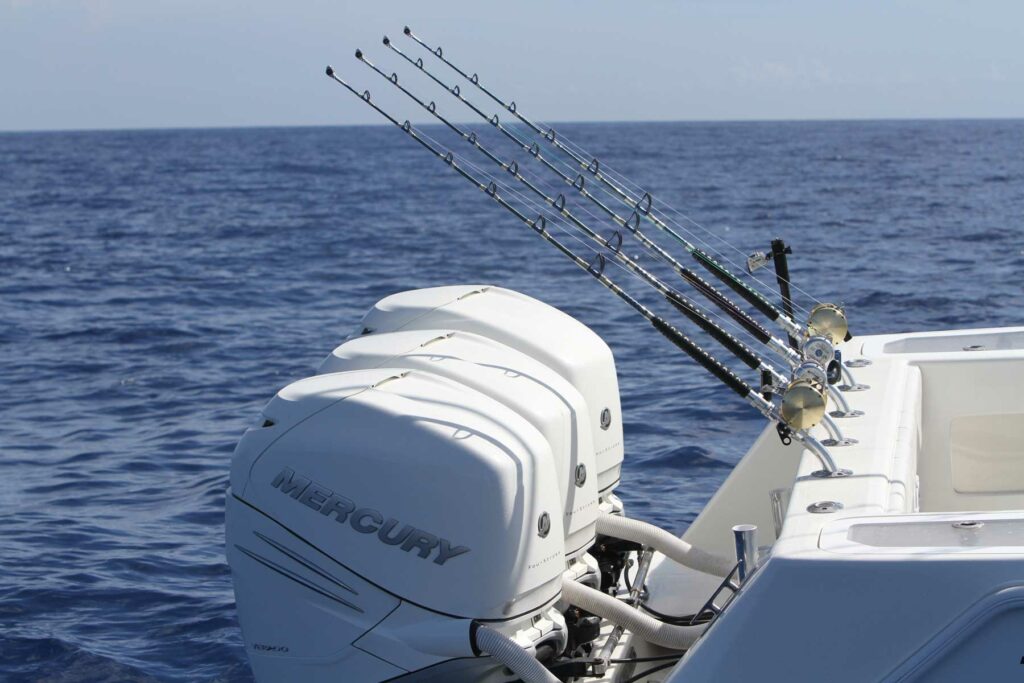
Closest to the motors is where 15- or 30-degree holders are often installed, set facing straight back. This is a great location to position a flat line. About 24 inches up the gunnel is where most add a 30-degree rod holder at a 22 ½ degree angle off the centerline. Further up the cap is home to another 30-degree rod holder pointed out at 45 degrees. These two lines will facilitate the easy positioning of baits near teasers. And when you are high-speed trolling for wahoo this distance and offsetting of alignment will prevent line-to-rod contact when the long bait gets bit and the blank warps over with a strike pulling 33-pounds of drag.
“About 24 inches up the gunnel is where most add a 30-degree rod holder at a 22 ½ degree angle to the centerline.”
Mid-Ship Swivel Holders for Dredge Booms
Mid-ship is where 15-degree heavy duty swivel holders are mounted to accommodate bent butt dredge booms. One of the benefits of billfishing out of a center console is the use of a boom instead of having to pull dredges from outriggers. Anglers that are hooked up can simply lift their rod tip over the dredge boom and walk to the bow, as it is much easier to chase billfish going forward than backwards, all the while still keeping the dredge in the water in hopes of raising more fish. When it’s time to clear the dredges or shake off seaweed, the forward safety line allows for mates to easily swing in the dredge. These mid-ship swivel holders should be oriented perpendicular to the centerline and reinforced with a through-bolted backing plate to further safeguard expensive electric reels.
Kite Fishing Strategy with Rod Holders
When tournament fishermen in south Florida are hunting dolphin, kingfish, wahoo, cobia and blackfin tuna with live baits, kite fishing while drifting beam to sea is the best means of filling a fish bag. These events often allow an unlimited number of lines and the best teams take advantage by flying three or four kites with three baits hanging beneath each kite. So, for each kite there must be four rod holders, one for the kite rod and one for each fishing rod.
Some like to poke fun when they six rod holders lining the transom and then upward of two dozen more peppering each gunnel but having 15-degree rod holders spaced every 18 inches and at a 90-degree angle to the gunnel is essential to efficient kite fishing absent of tridents. With this set up, anglers tending kites can align their fishing lines to the same angle the kite is projecting. This is critical and often overlooked because the closer the fishing lines are to the kite line, the smoother the drop back will be through the ring or release clip. On top of all this bait presented on the surface, on the upwind side of the boat, we fish flat lines and deep baits, often as many as six or seven. With rod holders galore we can separate lines and supplement the perfect drift by covering the entire water column with a seemingly complex presentation that’s greatly simplified by having suitably spaced and angled rod holders.
Don’t Forget to Check Out Our Sportfishing Job Board! Did You Know? It’s the perfect platform for seeking skilled captains and mates. Whether you’re on the hunt for your dream team or looking to join one, your next big adventure begins here. Explore the opportunities now! Click Here
Dive Deeper into the World of Sportfishing
Unlock Exclusive Savings: Enjoy 50% Off Your Subscription!
Are you ready to explore the thrilling world of sportfishing from the comfort of your home? Subscribe now and embark on a journey filled with captivating stories, expert insights, and insider tips. Choose between our digital or print edition and secure an incredible 50% discount on your subscription.
Subscribe today and get ready for an adventure like no other. Click here to subscribe and elevate your sportfishing experience with InTheBite Sportfishing Magazine.
